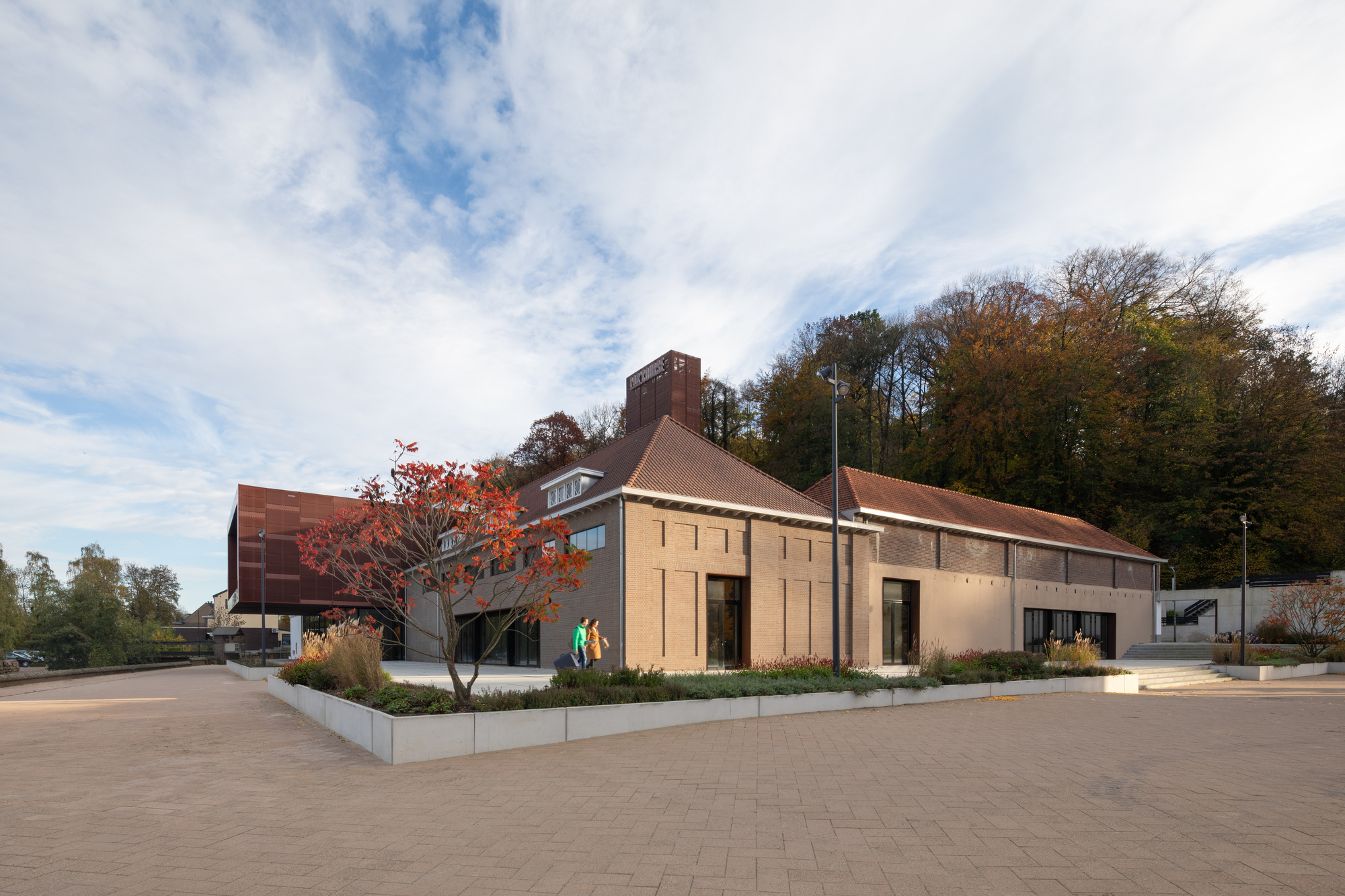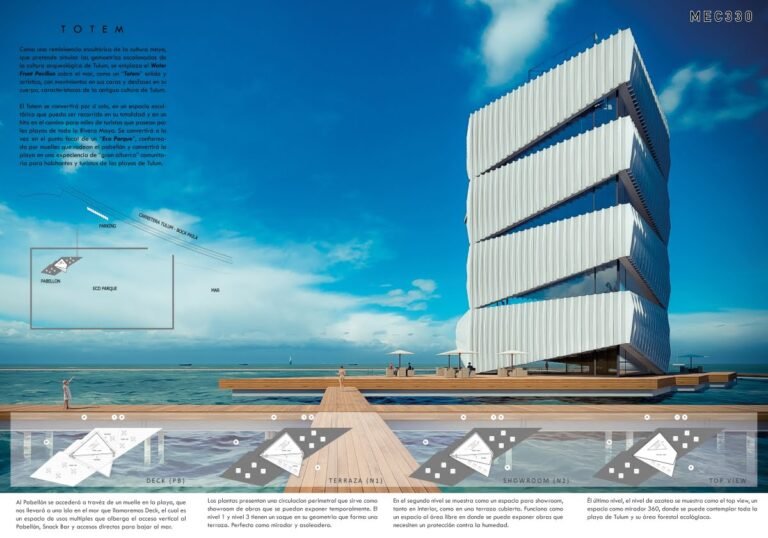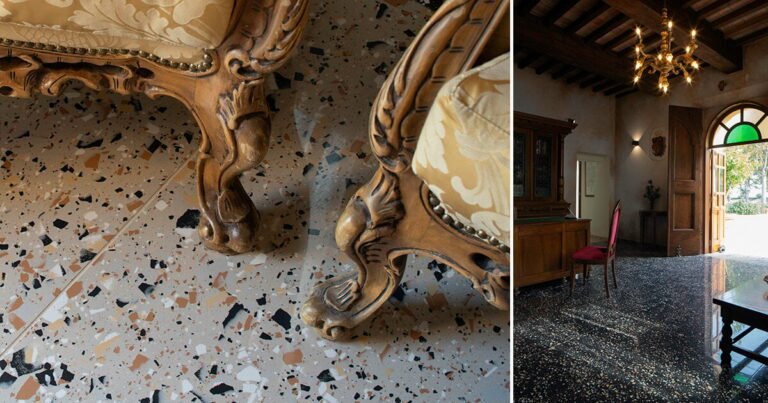Leeuw Brewery / MoederscheimMoonen Architects
Leeuw Brewery / MoederscheimMoonen Architects


Text description provided by the architects. In the municipality of Valkenburg in the heart of hilly South Limbug, you’ll find the experience center Par’Course. MoederscheimMoonen Architects, commissioned by project developer Wyckerveste, designed a mixed-use environment where the Mercure Hotel is a part of.


Par’Course consists of a gastronomic center in an old brewery, a cycling and sports center with the Shimano Experience Center, and the Mercure Hotel. The redevelopment of the site of the old Leeuw brewery was an opportunity to strengthen the existing economy and culture of Valkenburg with a new concept in a special place.

The history of the brewery. The grounds of the old Leeuw brewery have a rich history going back to 1820. The water mill, now a national monument, was initially located at the Geul River to serve a factory that produced gunpowder. Years later, in 1875, the mill was used for paper, and in 1886 the grounds were purchased by the Aachener Export Brewery, which later continued its operations under the name of Leeuw Beer. In the years following, the factory was further expanded and it grew organically, with the building always in service of the production process. In 2005 the brewery left this location, taking the large silos with them a bit later. With the buildings’ various scars, the grounds remained neglected and decaying.

The brewery as a gastronomic centre. In order to define a clear proposition for Par’Course, Wyckerveste, therefore, chose a thematization for the buildings which perfectly coordinate with Valkenburg and its surroundings as well as provides a distinct addition to the existing offerings. This resulted in two pillars for Par’Course: the Food Experience and the Cycle Experience. Two worlds of experience which are directly connected with cycling capital Valkenburg and Burgundian Limburg. The Food Experience takes place in the brewery, where future catering concepts will be housed.

The building is the origin of the former factory grounds, with the monumental watermill as living proof of that. The outside of the historic brewery has been fully restored and its insignificant additions, incorporated throughout the years, have been removed. This brought the building back to its original core volume, which consists of the national monument water mill, the brewery areas, and various brick halls.

Between the brewery and the brick walls, the building has been expanded with a modern volume positioned on the concrete column heads of the removed silos. The expansion has focused a large window on the wandering Geul River and, together with the vertical distinctive feature, forms an area landmark. The façade of this new volume is related to the Shimano Experience Centre next door and is covered with rectangular sheets of russet-colored anodized expanded aluminum. The varying sheet measurements give the façade the necessary differentiation and, in some spots, the orientation of the expanded aluminum alternates, which results in the reflection of daylight illuminating several façade panels.

The other parts of the brewery have been restored to their original state in various ways. A recognizable difference in color has been applied between the original white brewery and the brick halls. Here and there, focused cuts in the façade have been introduced to make the building suitable for hospitality and catering purposes. In the interior of the brewery, it has been decided to preserve the layered nature of its turbulent history to offer the hospitality concepts an industrial, lived-in shell as their canvas.








